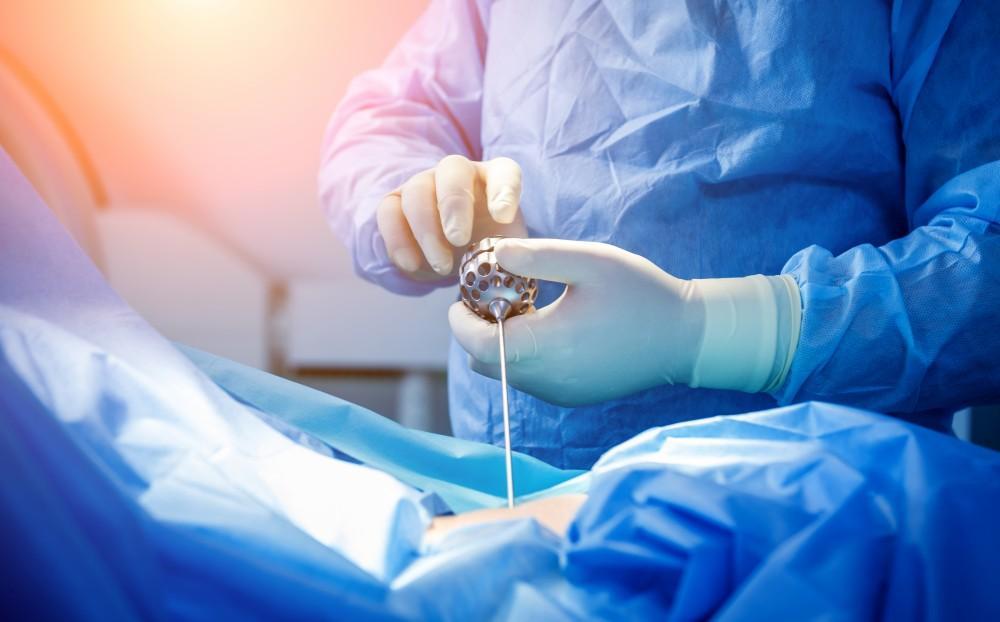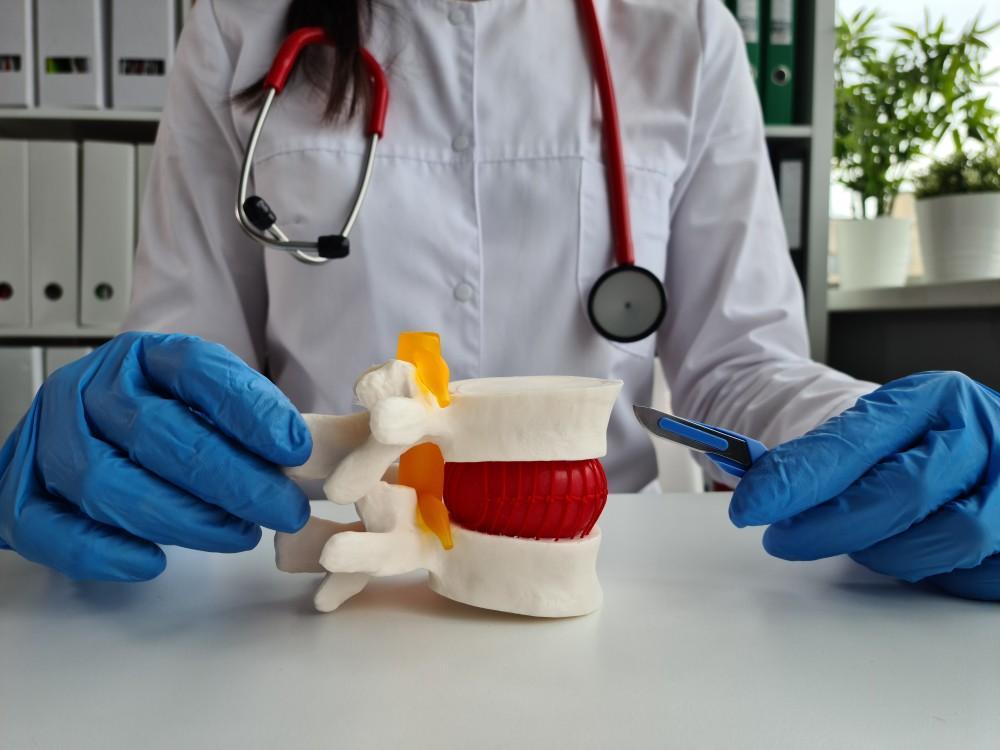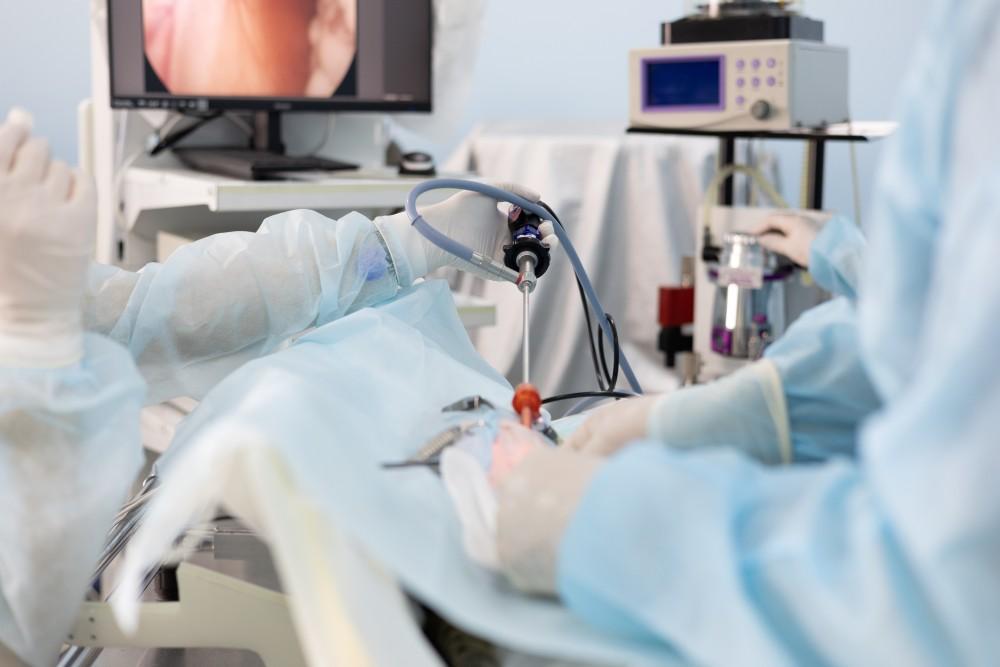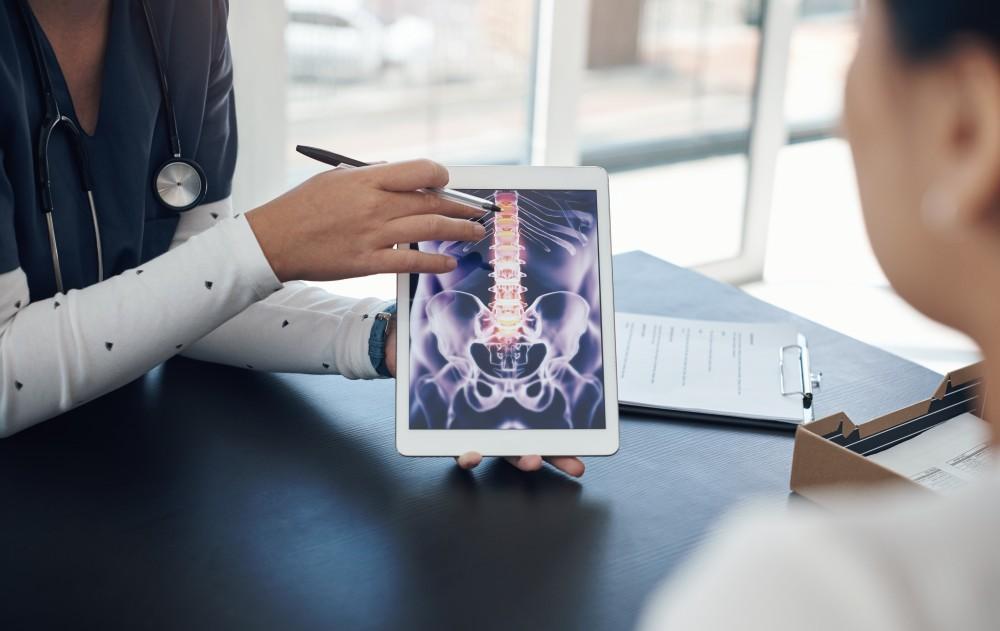You might be surprised to learn that the first endoscope, a vital tool used in minimally invasive surgeries, dates back to the mid-19th century. Endoscopic surgical techniques didn’t blossom until the miniaturization of video equipment arrived in the late 1980s.
A field still undergoing advances and refinements, endoscopy remains critical in improving the patient experience. Spine surgeon Sanjay Khurana, MD, keeps up-to-date on the latest developments in minimally invasive surgical techniques to offer superior care for his patients.
Endoscopy basics
An endoscope is a camera fitted into a narrow tube to view the inside of the human body. When used surgically, the endoscope accesses the body through small keyhole incisions, a version of the procedure called laparoscopy.
In spine surgery, endoscopes allow surgeons to see inside the structures of the spine without making large incisions that open up a line of sight while damaging healthy tissue and exposing the body to an increased risk of infection, even in the sterile environment of an operating room.
Surgical tools can now perform many of the tasks necessary through the endoscope incision or other similar keyholes nearby, capitalizing on the strategy of small incisions so that Dr. Khurana can perform the tasks essential to treat your spinal condition.
The benefits of endoscopic surgery
Perhaps most obviously, small incisions mean small scars. There’s no long, seam-like scarring from endoscopy as there is with open surgery.
The endoscope can be a diagnostic tool, exploring an area before surgery to help Dr. Khurana analyze your condition in detail. Better information leads to better treatment.
As mentioned, the risk of infection during and after surgery is small, and the tiny incisions and minimal damage to healthy tissue work together to reduce recovery time. Often, the hard part of recovering from open surgery is due to healthy muscles that got cut to gain access to the surgical site.
What to expect after endoscopic surgery
Generally, the endoscopic version of a surgical procedure is safer than its open surgery counterpart, so you enter the post-surgical recovery period ahead of the game. Many endoscopic procedures are outpatient surgery, meaning you leave a hospital the same day as your operation.
You can recover at home, often more comfortable and affordable than an overnight (or longer) hospital stay. Dr. Khurana may still use general anesthesia; you may have some time in a recovery suite.
Long-acting numbing medications are often used during surgery to ensure comfort immediately after your procedure and into the early stages of recovery. There can be irritation and soreness, as you likely had tissue removed from your spine, though this might be offset by relief from nerve compression, depending on your condition and procedure.
When these numbing medications wear off, you may be able to treat your discomfort with over-the-counter pain medications and hot and cold pack therapies. Dr. Khurana informs you of what pain level he expects and prescribes anti-inflammatories and pain medications when appropriate.
Though it depends on your condition and the extent of surgery, in many cases, you take it easy for a day or two after surgery before returning to your regular activities. Again, Dr. Khurana and his team advise you of any surgery-specific limitations you may have.
Endoscopic spine surgery is still a surgical procedure, so there are risks and the potential for complications, but endoscopy does make a difference.
Book a consultation with Dr. Khurana’s office by calling or clicking online to schedule an appointment today.




